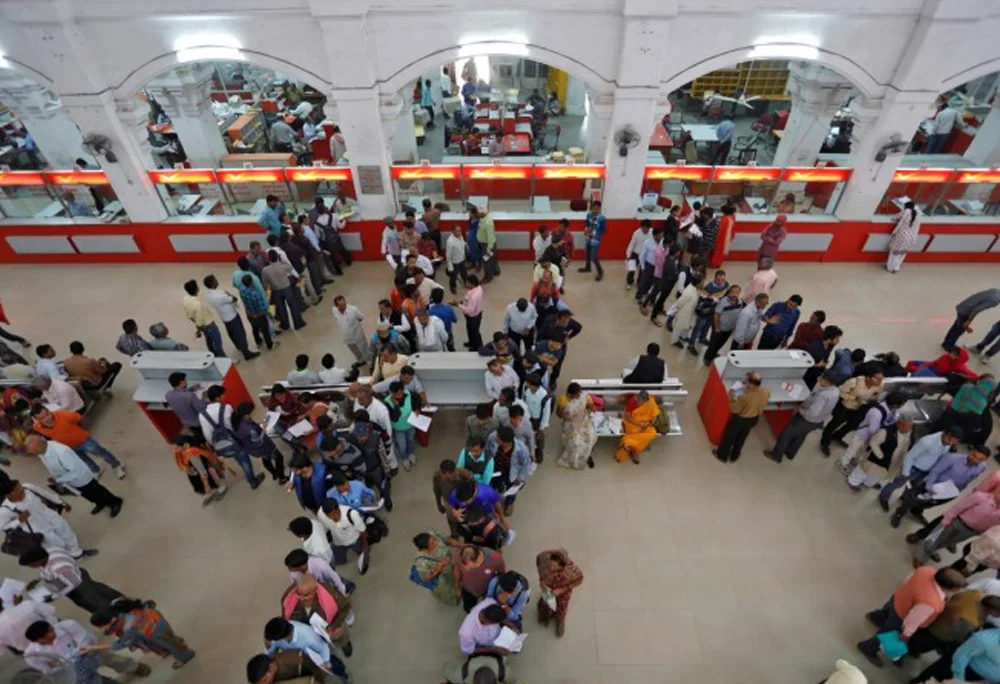Do you spend as much time to understand customer defections as you do to encourage acquisition? Most banks focus heavily on customer acquisition and cross-sell but only lightly on customer defection.
Are you service aware?
You may pride yourself of being aware of every financial metric and deeply understanding how a movement by a few basis points in one area of the balance sheet or income statement affects shareholder value.
Are you however also aware of your bank’s service level? An easy answer would be “Yes, we are, we have a Net Promoter Score of X”, or “of course, in a recent survey Y% of our customers said they were extremely satisfied or very satisfied”.
But can you answer a more meaningful question:
Do you know why each of the last 100 customers that defected from your bank and moved their business to another competitor did so?
Or, if that is too high a bar to pass, an alternative question…
If you had a crystal ball to know what the reasons were that the last 100 customers defected, how many of these would be reasons you are aware of – in nature and size – versus surprises?
Most banks are not
In our research, we find that the majority of banks score very low in these 2 tests. Why? Because banks tend to be weak listeners which leads to low “service awareness scores”.
Different banks have different blind spots:
Some are blind overall. In such organizations, no one looks at customers.
Other banks have perfect vision but the “images” never reach the brain. In other words, the front line (the eyes) are aware of the issues but somehow this information does not reach management (the brain).
Another group is selectively blind. These banks might be incredibly clairvoyant when it comes to a particular channel, or product, or process, or customer segment, but simultaneously completely blind in other areas.
Leadership DNA is important
There is high correlation between a bank’s degree of blindness and the DNA of its leadership. Banks with service oriented management and service-centered value propositions, tend to be the more service aware from the CEO to the front line.
Customers lie!
There is a second, some would argue more important, reason why banks are not aware of what drives customer defection: Customer lie! Not out of malice, but to avoid having an uncomfortable discussion, an argument, or the increasingly common efforts of banks to “retain” customers at the point of defection.
As a result, in the majority of studies conducted by banks asking their departing customer why they are closing their accounts, the answers are often something like: “I found better interest rates”. This is a non-offensive answer, and even if a true statement, is most often not the true reason why they decided to look for or consider a new bank in the first place.
Even when not outright lying, customers often translate the classic defection question of “why are you closing your account” into “why did you select your new bank”. By doing so they avoid answering the question you are interested in, which is: “why did you decide to leave our bank in the first place?”.
These intentionally or unintentionally misleading answers often lead management to focus on the wrong priority and correspondingly make the wrong investments, e.g., offering higher deposit interest rates that “consume” big chunks of ROA without the desired results.
A new approach
So, how service aware is your bank? At Delos Advisors we have developed the Customer Service Awareness Test (C-SAT). The C-SAT (100-point scale) will not only answer this question, but will also put your organization on the path of becoming Service Aware.
The C-SAT is a series of in-depth, non-judgmental, factual and hypothetical questions that are addressed 1-on-1 to 100 recent defectors who we call “the last 100 defectors”.
Why is it important to become Service Aware?
The C-SAT is not meant to assist management to eliminate all, but instead to make strategic choices of which issues to address. To be more specific, there will be some reasons for defection that may be easy to fix with little cost. These should of course be addressed first; they are the “quick wins”. But many other defection reasons will require investment; investment in capital, management time, and even cultural transformation.
The benefit of having a high C-SAT score is that management can make these choices being confident that it is applying resources to well-chosen priorities.
Importantly, a high C-SAT score does not mean you have high customer satisfaction. It means that you are aware of what are the true drivers of defection. Reasons you can choose to address to further raise your customer satisfaction and reduce attrition, regardless of whether your starting point is high or low.
Keep in mind that the C-SAT can be conducted across a random sample of defecting customers, or be targeted to particular priority segments, e.g., high balance depositors, high profitability customers, recent new account openers (to hone in on onboarding issues), long tenured customers, highly cross-sold customers, young vs. old, urban vs. rural, etc.
What benefits should you expect?
Banks with high C-SAT scores can develop better strategies and tactics to correctly prioritize and correct service issues. As a result, they are better positioned to achieve:
1. Higher profitability:
Lower need to pay high rates when you can satisfy with service
Reduced costs to “fix” individual service failures after systemically solving
2. Higher growth:
Each customer defection averted is as good as a new customer being acquired (actually it is better)
Satisfied customers are much more likely to broaden and deepen their relationships with you, leading to more products and higher balances
Interested?
If you are interested to have a C-SAT conducted in your organization, the standard program duration is 6-10 weeks and includes design (including selection of segments of interest), testing, execution, preparation and presentation of results.

